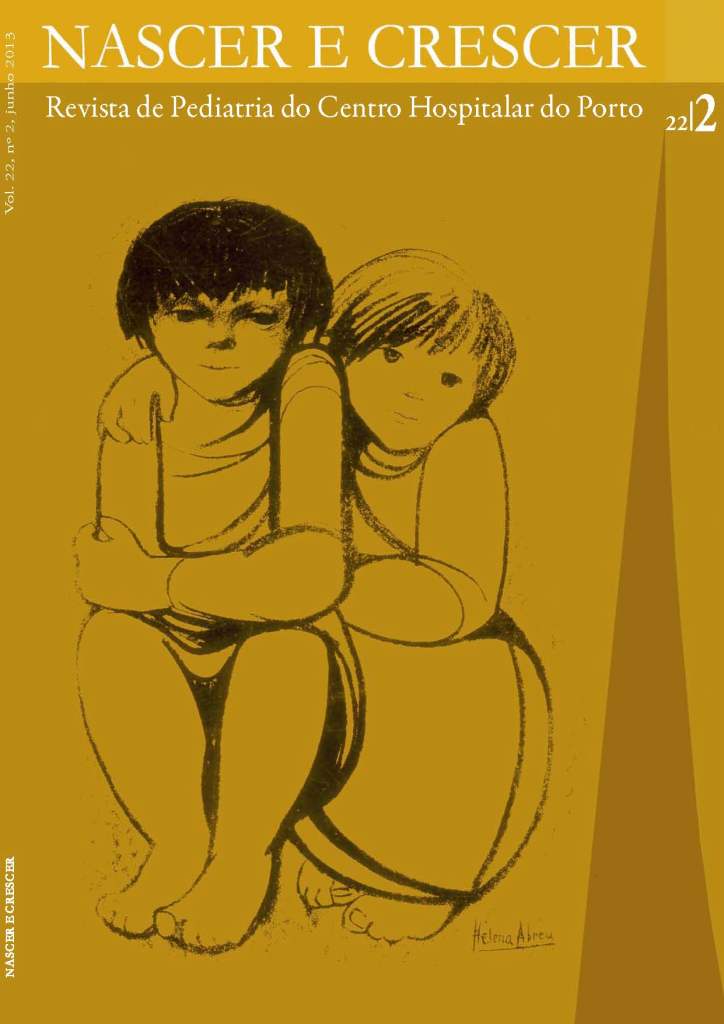Artigo Recomendado
DOI:
https://doi.org/10.25753/BirthGrowthMJ.v22.i2.10773Downloads
Referências
BMJ 1998;316:1884 -6.
Halbreich U, Karkun S. Cross -cultural and social diversity of
prevalence of postpartum depression and depressive symptoms.
J Affect Disord 2006;91:97 -111. Epub 2006 Feb 7.
Robertson E, Grace S, Wallington T, Stewart DE. Antenatal
risk factors for postpartum depression: a synthesis of recent
literature. Gen Hosp Psychiatry 2004;26:289 -95.
Antenatal and postnatal mental health: clinical management
and service guidance. Issued: February 2007 last modiÞ ed:
April 2007. NICE clinical guideline 45. Acessível em: http://
www.nice.org.uk/nicemedia/live/11004/30433/30433.pdf.
Disponível a 9/08/2013.
Cox JL, Holden Jm, Sagovsky R. Detection of postnatal depression:
development of the 10 -item Edinburgh Postnatal
Depression Scale. Brit J Psych 1987;150:782 -6. Doi: 10.1192/
bjp.150.6.782
Areias ME, Kumar R, Barros H, Figueiredo E. Comparative incidence
of depression in women and men, during pregnancy
and after childbirth. Validation of the Edinburgh Postnatal Depression
Scale in Portuguese mothers. BJP 1996;169:30 -5.
doi: 10.1192/bjp.169.1.30.
Downloads
Publicado
Como Citar
Edição
Secção
Licença
Copyright e Direitos dos Autores
Todos os artigos publicados na Revista Nascer e Crescer – Birth and Growth Medical Journal são de acesso aberto e cumprem os requisitos das agências de financiamento ou instituições académicas. Relativamente à utilização por terceiros a Nascer e Crescer – Birth and Growth Medical Journal rege-se pelos termos da licença Creative Commons "Atribuição - Uso Não-Comercial - (CC-BY-NC)"".
É da responsabilidade do autor obter permissão para reproduzir figuras, tabelas, etc. de outras publicações.
Juntamente com a submissão do artigo, os autores devem enviar a Declaração de conflito de interesses e formulário de autoria. Será enviado um e-mail ao autor correspondente, confirmando a receção do manuscrito.
Os autores ficam autorizados a disponibilizar os seus artigos em repositórios das suas instituições de origem, desde que mencionem sempre onde foram publicados e de acordo com a licença Creative Commons.


